These are grown mostly for their pollinator value; however southern pink moths (which have been spotted in southeastern PA) do host on Salvia. If you wish to help support these moths as they move northwards, make sure you have at least some kind of salvia in your garden.
Find lyreleaf sage in the wild
Salvia lyrata is the only salvia, or sage, native to southeastern Pennsylvania, where we are at the northernmost range for this species. Since it’s native and abundant farther south, it should have no issue adapting to climate change in our area. Where it is abundant, it’s considered a lawn weed. You probably know my opinion on this by now, but the lawn is a weed. If you’ve ever tried and failed to eliminate the non-native grass, you’ll understand why.
Habitat: Hammocks, lawns, roadsides, dry to mesic woodlands and forests, floodplains, calcareous barrens (Source)
Grow lyreleaf sage in your garden
Continuing that thought from the previous section – use it as a lawn alternative. It’s evergreen in PA (mine never goes dormant). The plants naturally come in a wide range of colors, from deep red and purple to green with red venation, and so on. I have one that popped up from seed that’s a bright yellow-green. They reseed readily. Other than when they bloom (as seen in one of the photos), they stay low to the ground. They can handle ponding as well as severe drought. You can mow over them and step on them.
It’s hard to tell from the photos, but you really cannot mistake this for one of the imported weeds. The form and habit of this plant is different. This will make a lovely patch of year-round color, especially if you get a nice color mix going. Let them seed in and spread on their own.


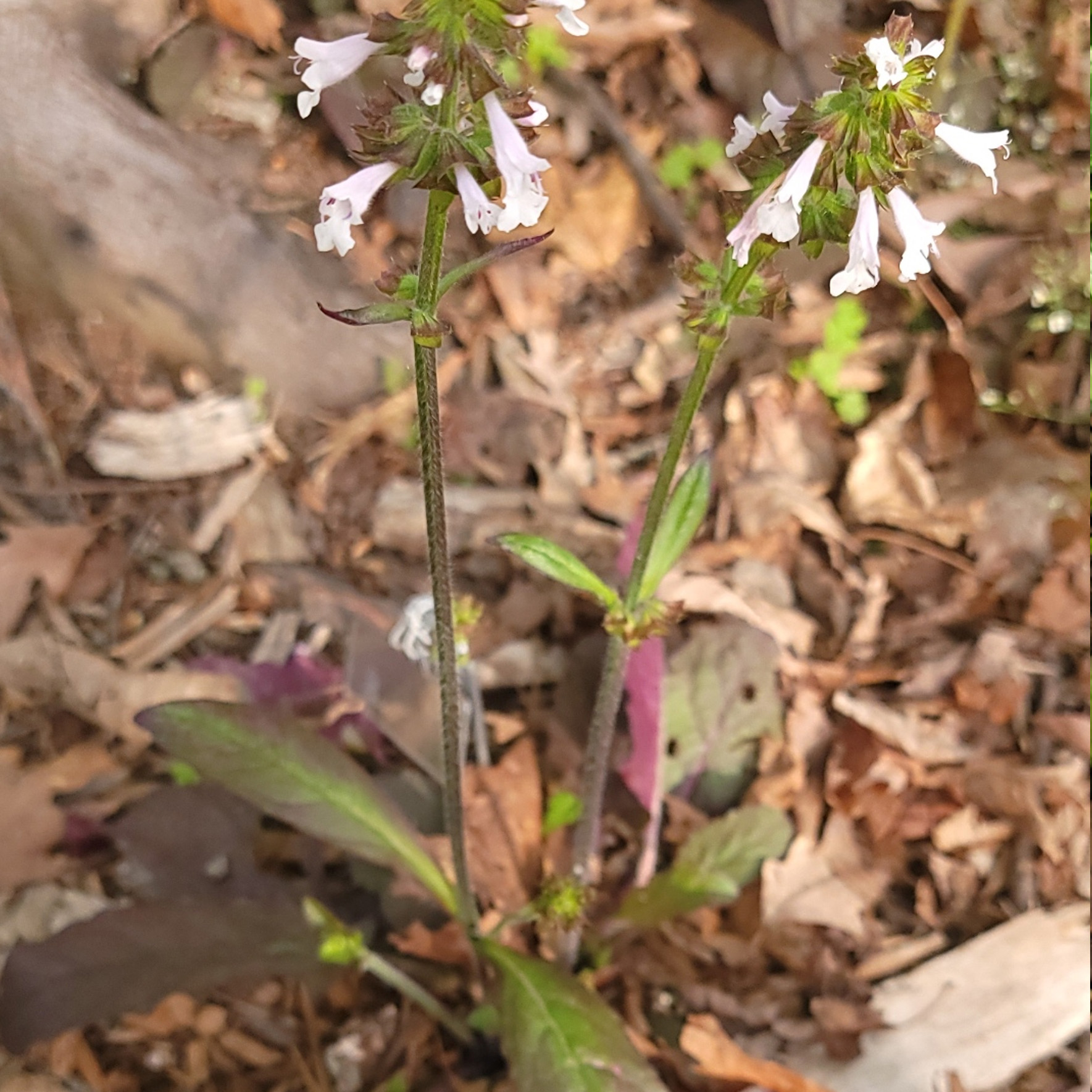






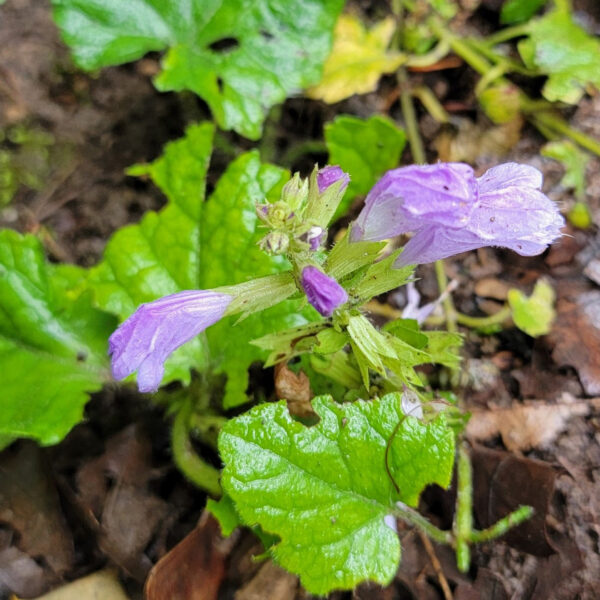



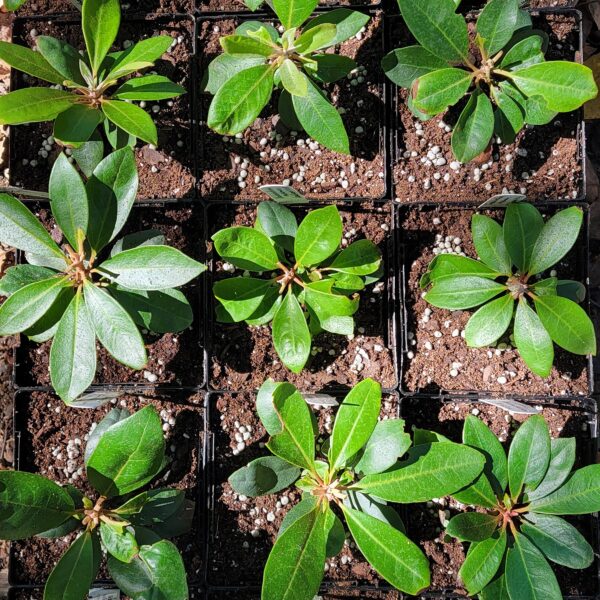
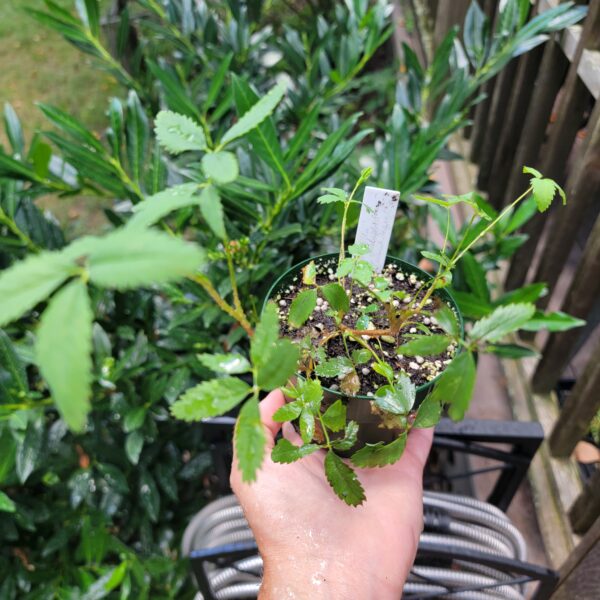





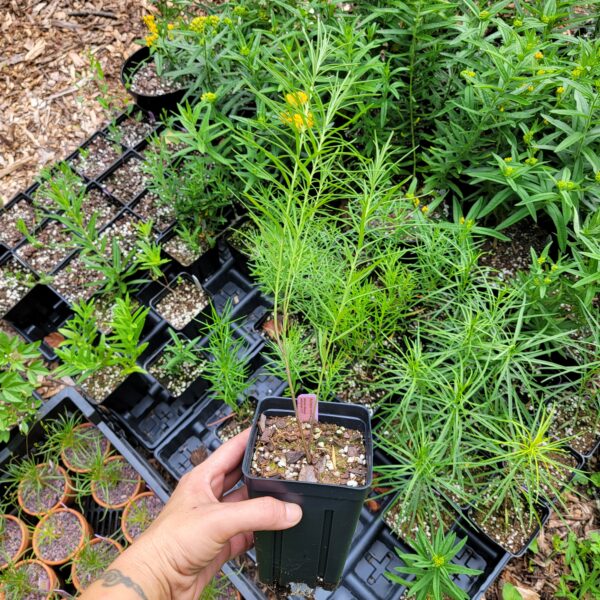




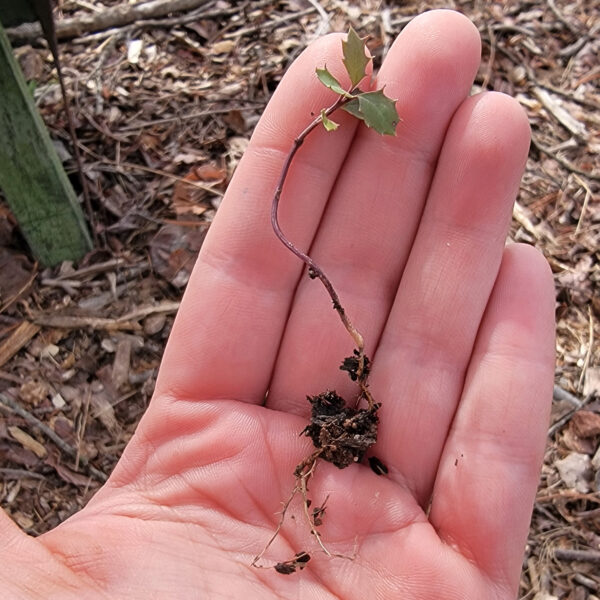
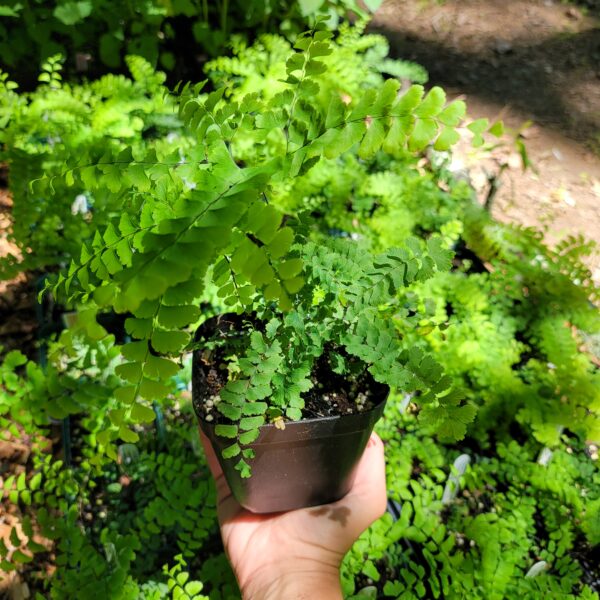
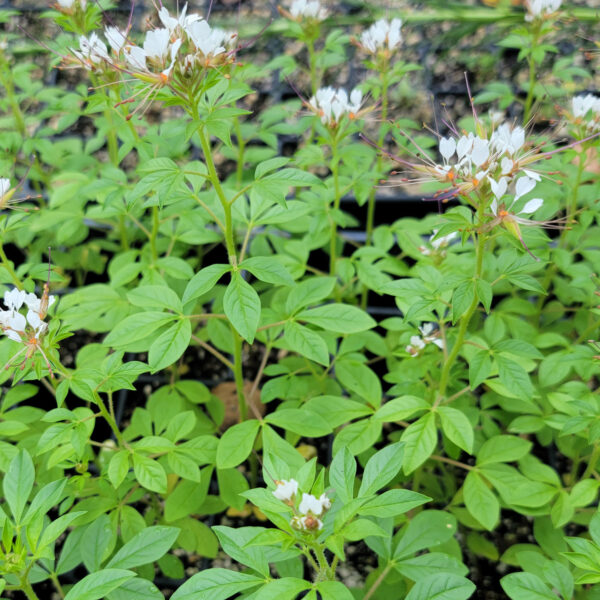
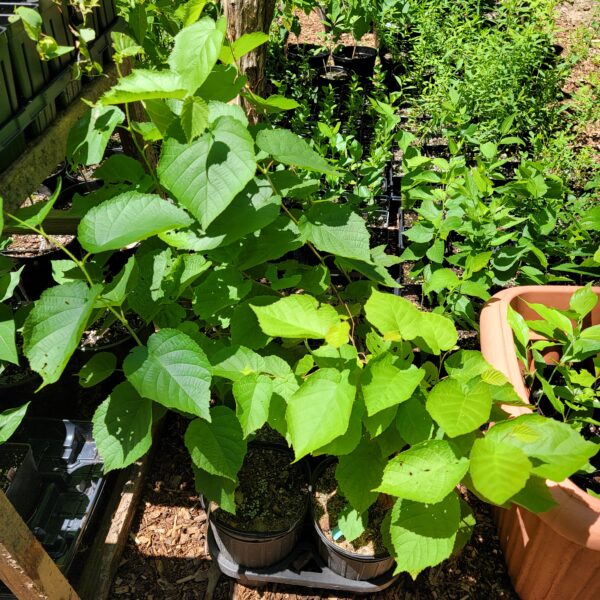
Reviews
There are no reviews yet.